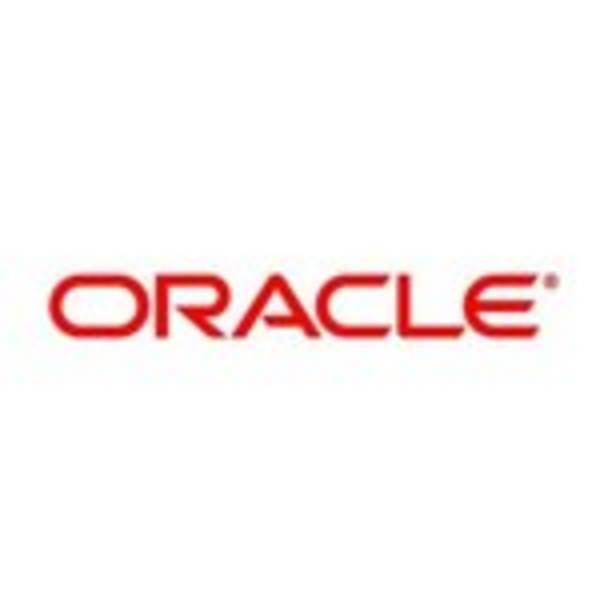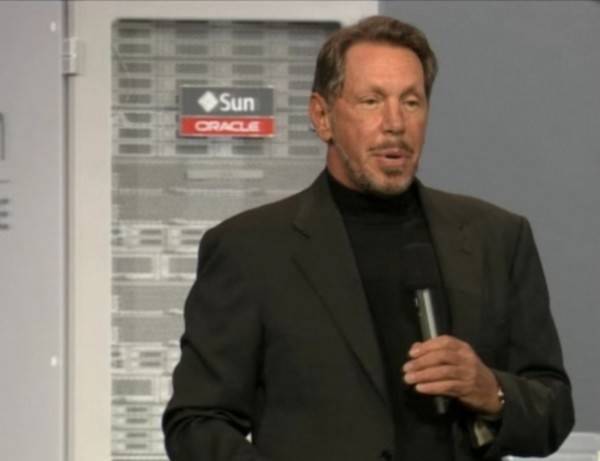Certainly the theory that Oracle had no plans for Sun Microsystems following its acquisition, has been completely deflated. Oracle CEO Larry Ellison always wanted to be able to deliver database devices that come pre-configured, and Sun has given him the resources to deliver it. But besides a guest appearance by the manager of the San Francisco Giants and a rock-blasting video of the America’s Cup race, last Sunday night’s keynote at Oracle OpenWorld in San Francisco mostly featured Ellison pacing back and forth on stage reciting performance numbers.

Granted, performance numbers have always excited Ellison, but they have rarely excited audiences in the absence of, say, an actual demonstration. Photographs of last night’s keynote are indistinguishable from photos from the past two years; and Ellison’s message is indistinguishable from tapes of the past two decades. Oracle is parallel, it’s faster, it compresses data, and it’s parallel. Even in the presence of some significant new products (albeit turned off), including a 40-core database analytics server with 1 TB of memory, Ellison sounded like the wrong kind of broken record.

“A fundamental architecture that says, ‘Parallel everything.’ If you want to go fast, you can only make a microprocessor so fast,” said Ellison in the early going, just prior to correcting himself (as he would a few more times later that night). “There are limits in physics, there are limits to the process – whether it’s 28 nm, or whatever the current process is, there’s only so much you can do to make your microprocessor faster. (And by the way, we have been working on doing that, making your microprocessor faster.) There’s only so fast you can make a disk drive. We all buy essentially the same disk drives. There’s only so fast you can make flash go. We all kinda use the same flash, whether it’s Intel or Samsung or whomever. It’s available to all of us who build computer hardware.”
If there was any place on Earth where he could be preaching to the choir, it was here at the largest Oracle convention, attended primarily by database administrators, systems analysts, and CIOs of companies that are already Oracle customers. But Ellison’s tone throughout was argumentative, blunt, and repetitive, as though he were the visiting coach in the opposing team’s locker room. Besides those points where he contradicted himself, he wasn’t really wrong. Oracle’s strong points in hardware are stronger interconnection fabrics, having taken full stewardship of InfiniBand. Faster data centers are possible using vast arrays of commodity hardware, little of which can be accelerated naturally, bound by very fast interconnects, with processors running a vast number of tasks in parallel.
Certainly no one disputes all that. But Ellison argued these points as though the world stood against him.
“We use the most modern, fastest network to interconnect our storage server and our database service, and we have lots of pipes. Lots and lots of fat pipes,” the CEO exhorted, at times sounding like an imbalanced dryer load. “We’re very good at moving data off of storage and into the database server and back. And database performance and business application performance is all about moving data, not doing arithmetic in a microprocessor.”
Describing it as “magic” – borrowing the term with exactly the same cadence as Apple uses it in referencing the iPad – Ellison introduced the attendees to the principle of data compression, which he repeatedly defined as the act of making data smaller and easier to move. The same person who two years earlier slammed the use of the word “cloud” (see video here) as a buzzword applied to the same concepts in use for over a decade, extolled the virtues of compression, including its ability to multiply benchmark results. (“These things multiply,” Ellison reminded his audience a handful of times.)
“Another piece of magic, another piece of magic: Compress the data!” professed Ellison. “Reorganize the data. Even though a relational database you think of from a logical standpoint as tabular and in rows – a row and a row and a row in a table – in terms of physical storage representation, we could store those tables as columns, not as rows. And if we store them as columns, we could compress the data a lot. A factor of five… A factor of ten… A factor of fifteen sometimes. And if you compress the data, magic things happen. If you compress the data, and you write a check to your disk supplier, move the decimal place over. You have to buy one-tenth as much disk if the data is compressed.” Thus began a digression on the magic of compression that spanned, by our estimate, eight minutes.
Deep into Ellison’s keynote was the announcement of a new SPARC SuperCluster system running Solaris version 11 – essentially the Exadata chassis with Sun’s processor, geared for general-purpose use instead of an out-of-the-box database server. That was followed up by the announcement of Exalytics, an out-of-the-box data analytics server featuring four 10-core Intel Xeon processors, and a full terabyte of DRAM. The terabyte would be used to store the entire database, since DRAM – as Ellison reminded his audience – is faster than disks. Much faster. Very much faster. (These things multiply.)
Ellison typically throws down at least one gauntlet, and this year it was with respect to the processor currently viewed as the fastest in its class, IBM’s Power7. But as if recording the message for an audience from another century, he insists on referring to IBM’s architecture using its predecessor’s name.
“For years, the P7, and before it the P6, that RISC machine called Power, PowerPC, has been the fastest microprocessor in the world. And with [Sun] T4 for the first time, we can say, faster for what?” taunted Ellison.
Borrowing a page from the playbook of AMD, which used to be known for discounting the value of benchmark categories where Intel beat it, he continued: “I’m not going to talk about our parallel architecture, I’m not talking about our InfiniBand network or our storage hierarchy or our compression. Forget all that. Just T4 versus PowerPC from IBM. IBM says, ‘We’re way faster.’ We say, ‘Faster for what?’ We’re faster for Java, Mr. Blue. We’re faster for Java. You’re faster for integer arithmetic. If you think what businesses do is a lot of integer arithmetic, okay, cool. We think they access a lot of data and run a lot of Java. We’re now faster for the first time, for the first time ever…The Sun SPARC microprocessor runs the Java language faster than IBM Power, and we’re not gonna stop there.”

Rather than a demonstration of the real-world jobs where Sun and Oracle are said to be faster, Ellison instead used his hands to illustrate a new discovery: When you’re typing something into the Exalytics search line, he said, the database manager on-board is “trying to guess what you’re asking,” and providing suggestions on-screen “faster than you can type.” The key to this magic, he explained, is the fact that Exalytics is not just parallel, but “fully parallel.”
After well over an hour, Ellison received only polite applause at the end. The response from analysts thus far has been even less exciting. Ovum chief analyst Carter Lusher shared this with RWW this morning: “With such a diverse portfolio, a mega-vendor [such as Oracle] needs to clearly articulate a compelling vision for how customers can benefit working with a vendor that brings so much to the table. Unfortunately, Ellison missed the opportunity at his Oracle OpenWorld keynote to deliver that vision backed up with exciting customer stories. Rather, the crowd in attendance was subjected to mind numbing technical specifications about Oracle’s Exadata and Exalogic appliances. This recitation of specs was a missed opportunity.”










